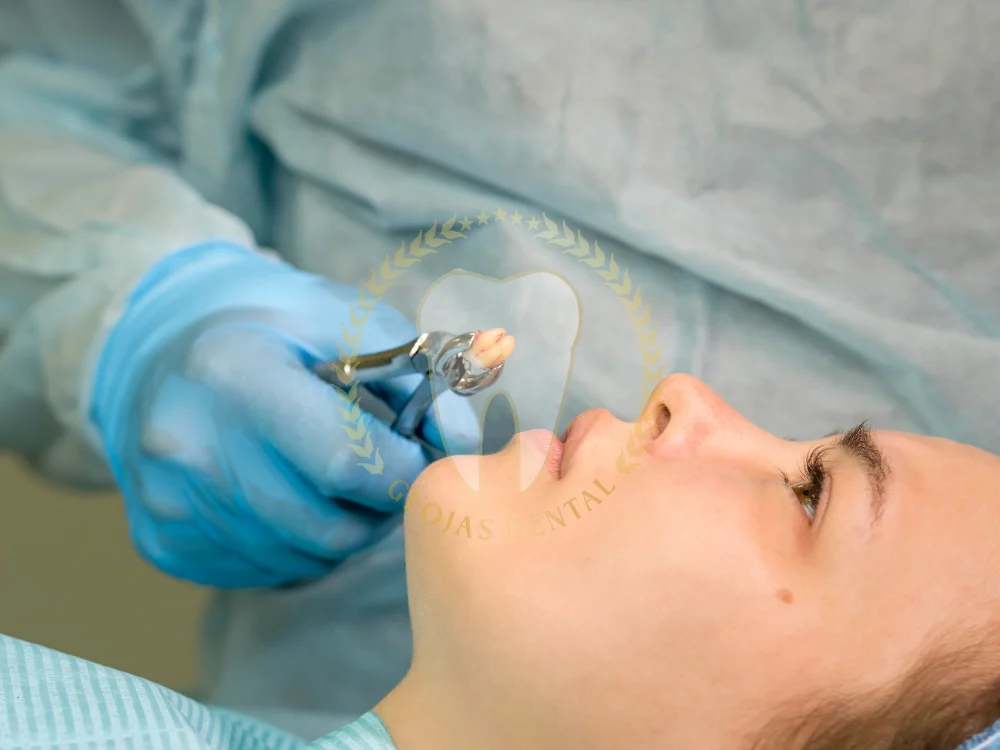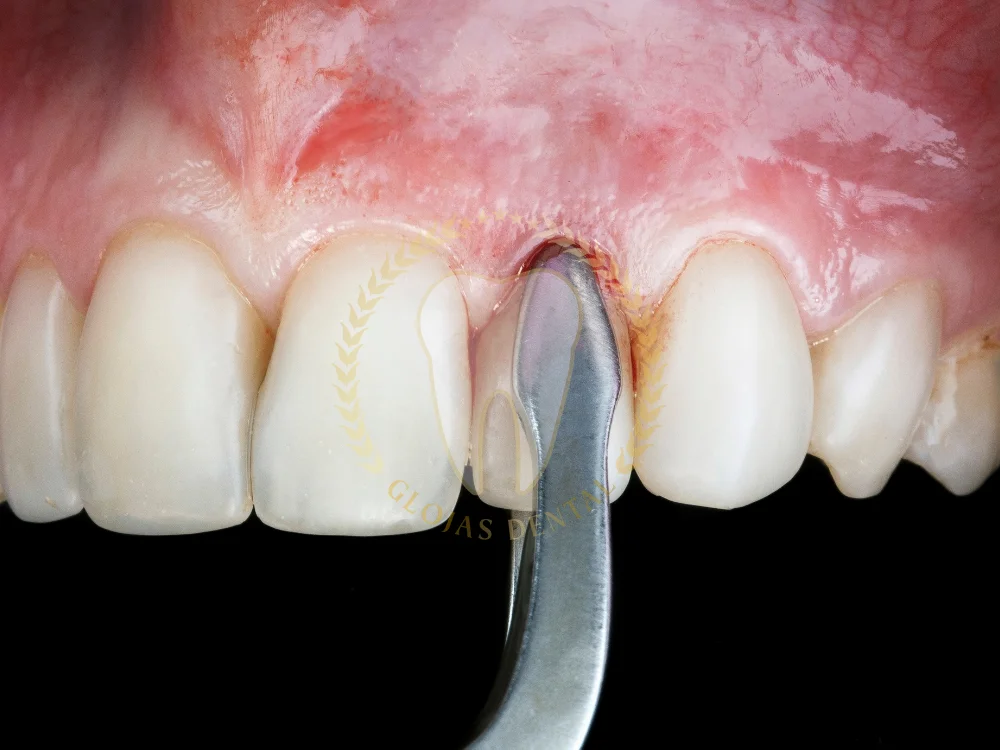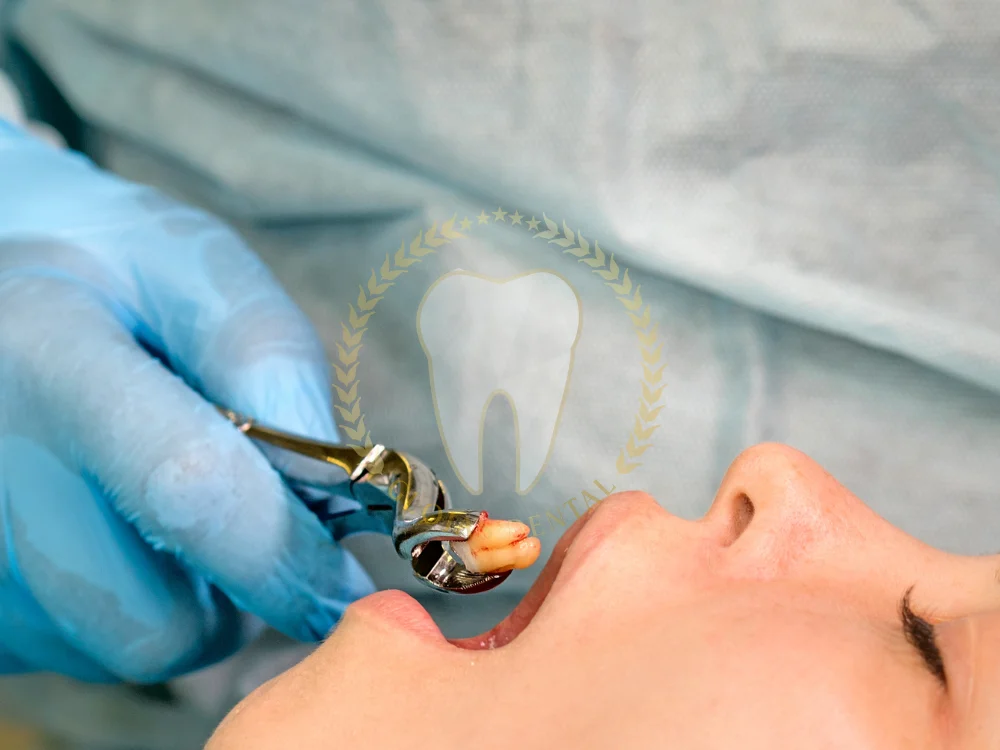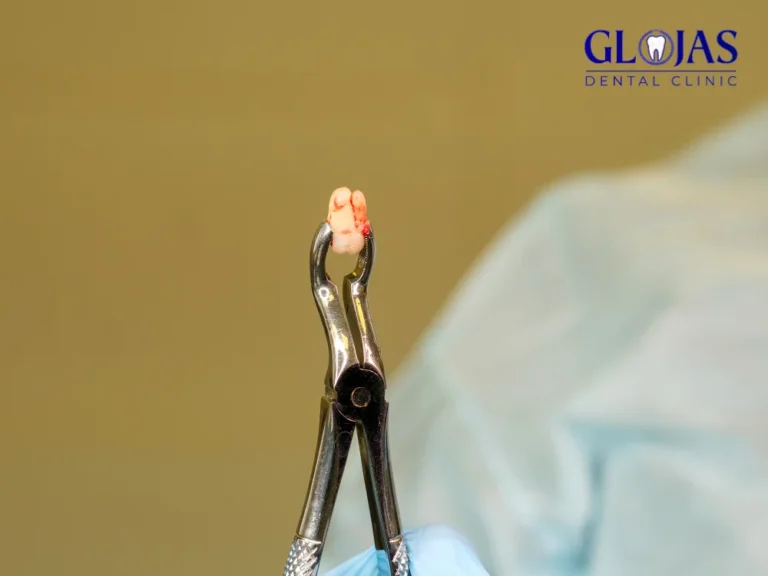When it comes to dental health, molar removal is one of the most common procedures that people undergo. Whether it’s due to impacted wisdom teeth or decayed molars, this procedure can feel daunting. By understanding the essentials of molar removal, you’ll be better prepared and less anxious. Let’s explore everything you need to know about molar removal, from preparation to recovery.
By understanding the potential reasons for molar removal, individuals can better comprehend the necessity of the procedure and approach it with a more informed perspective.
What is Molar Removal?
Molar removal refers to the extraction of one or more molars—teeth located at the back of your mouth. These teeth often bear the brunt of chewing and can become problematic due to decay, misalignment, or overcrowding. Molar removal is a common dental procedure that can be performed safely and effectively by a qualified dentist. If you have any concerns about your molars or require a molar extraction, consult with your dentist for personalized advice and treatment.
Why is Molar Removal Necessary?
The procedure is often required when:
- Wisdom teeth grow improperly and become impacted.
- Severe decay or infection compromises the tooth.
- Overcrowding affects orthodontic alignment.
- A fractured molar is beyond repair.
The decision to remove a molar is typically made by a dentist or oral surgeon after thorough examination and imaging.
Preparing for Molar Removal
Before undergoing molar removal, preparation is key to ensuring a smooth procedure and recovery.
Consultation and Diagnosis
A consultation with your dentist or oral surgeon will involve:
- X-rays to assess the molar’s position and root structure.
- Discussion of medical history to ensure safe anesthesia.
- Recommendations for aftercare based on your oral health.
Steps to Prepare for Surgery
- Fast Before Surgery: Avoid eating or drinking for at least 8 hours if general anesthesia is involved.
- Arrange Transportation: Plan for someone to drive you home post-procedure.
- Stock Recovery Supplies: Ice packs, soft foods, and prescribed medications should be ready.

What Happens During Molar Removal?
Molar removal varies based on the complexity of the extraction. Here’s a breakdown of what to expect:
The Procedure
- Local or General Anesthesia: Numbs the area or induces sleep during the procedure.
- Incision and Extraction: For simple extractions, the dentist will loosen and remove the tooth. For surgical extractions, an incision in the gum may be needed to access the molar.
- Closure: Stitches may be used to seal the incision and promote healing.
Duration and Pain Management
The procedure usually takes 20 to 60 minutes. While discomfort is normal, pain is managed effectively with anesthesia during the procedure and prescribed painkillers afterward.
Recovery and Aftercare Tips
The recovery phase is crucial for avoiding complications and ensuring proper healing.
Immediate Post-Procedure Care
- Apply Ice Packs: Reduce swelling by applying ice packs to the cheek for 15-minute intervals.
- Rest: Limit physical activity for the first 24 hours.
- Avoid Spitting or Rinsing: This prevents dislodging the clot that forms in the socket.
Dos and Don’ts for Faster Recovery
Do:
- Rinse gently with salt water after 24 hours.
- Eat soft foods like yogurt, mashed potatoes, and soups.
- Take prescribed medications on time.
Don’t:
- Smoke or use straws, as these actions can cause dry socket.
- Consume hard or spicy foods.
- Skip dental follow-ups.

Complications and How to Avoid Them
Though molar removal is safe, some risks include:
Dry Socket
Occurs when the clot dislodges, exposing the bone and causing pain. Prevent by following aftercare instructions.
Infection
Rare but possible. Signs include fever, persistent swelling, or foul odor. Always follow antibiotic prescriptions if given.
Nerve Damage
Very rare, but potential with lower molars near nerves. Your surgeon will discuss this risk beforehand.
Costs and Insurance Coverage for Molar Removal
The cost of molar removal varies based on factors such as location, complexity, and whether it’s performed by a dentist or oral surgeon.
Average Cost
- Simple extraction: $75 to $200 per tooth.
- Surgical extraction: $225 to $600 per tooth.
Insurance Coverage
Many dental insurance plans offer some level of coverage for dentures, although the extent of coverage can vary significantly.
- Coverage Limits: Most dental insurance plans consider dentures a major dental procedure. Coverage typically includes a percentage of the costs, often around 50%, after the deductible has been met.
- Deductibles and Copayments:
- Deductible: This is the amount you must pay out-of-pocket before your insurance coverage begins.
- Copayment: This is a fixed amount you pay for each dental service, even after the deductible is met.
- Annual Maximums: Dental insurance plans often have annual maximums on the amount they will cover for all dental services combined.
- Waiting Periods: Some plans may have waiting periods before coverage for dentures begins. This waiting period can range from a few months to a year.
It’s crucial to carefully review your specific dental insurance policy to understand your coverage limits, deductibles, copayments, and any other relevant terms and conditions.

Frequently Asked Questions FAQs
1. What is the recovery time for molar removal?
Recovery usually takes 7 to 10 days. However, complete healing of the socket may take several weeks.
2. Can I eat after molar removal?
You can eat soft foods within a few hours post-surgery, but avoid hard or chewy foods for a few days.
3. Is molar removal painful?
Anesthesia ensures a pain-free procedure. Post-surgery, discomfort is manageable with prescribed medications.
4. What is a dry socket, and how can I avoid it?
A dry socket is a painful condition where the clot dislodges from the extraction site. Avoid smoking, using straws, and rinsing vigorously to prevent it.
5. Do I need all my wisdom teeth removed?
Not always. Wisdom teeth are removed only if they cause problems like impaction, decay, or overcrowding.
6. When should I call my dentist after molar removal?
Contact your dentist if you experience severe pain, swelling, fever, or prolonged bleeding beyond 24 hours.
Conclusion
Molar removal is a routine yet significant dental procedure that ensures long-term oral health. By understanding the steps involved, preparing adequately, and following aftercare tips, you can make the experience less intimidating and recover quickly. Always consult your dentist for personalized advice tailored to your needs.
By consulting with your dentist, you can discuss the specific reasons for your molar extraction, understand the procedure, and develop a personalized recovery plan. Following your dentist’s instructions regarding post-operative care, such as proper oral hygiene, pain management, and dietary restrictions, will significantly contribute to a smooth and successful recovery.
